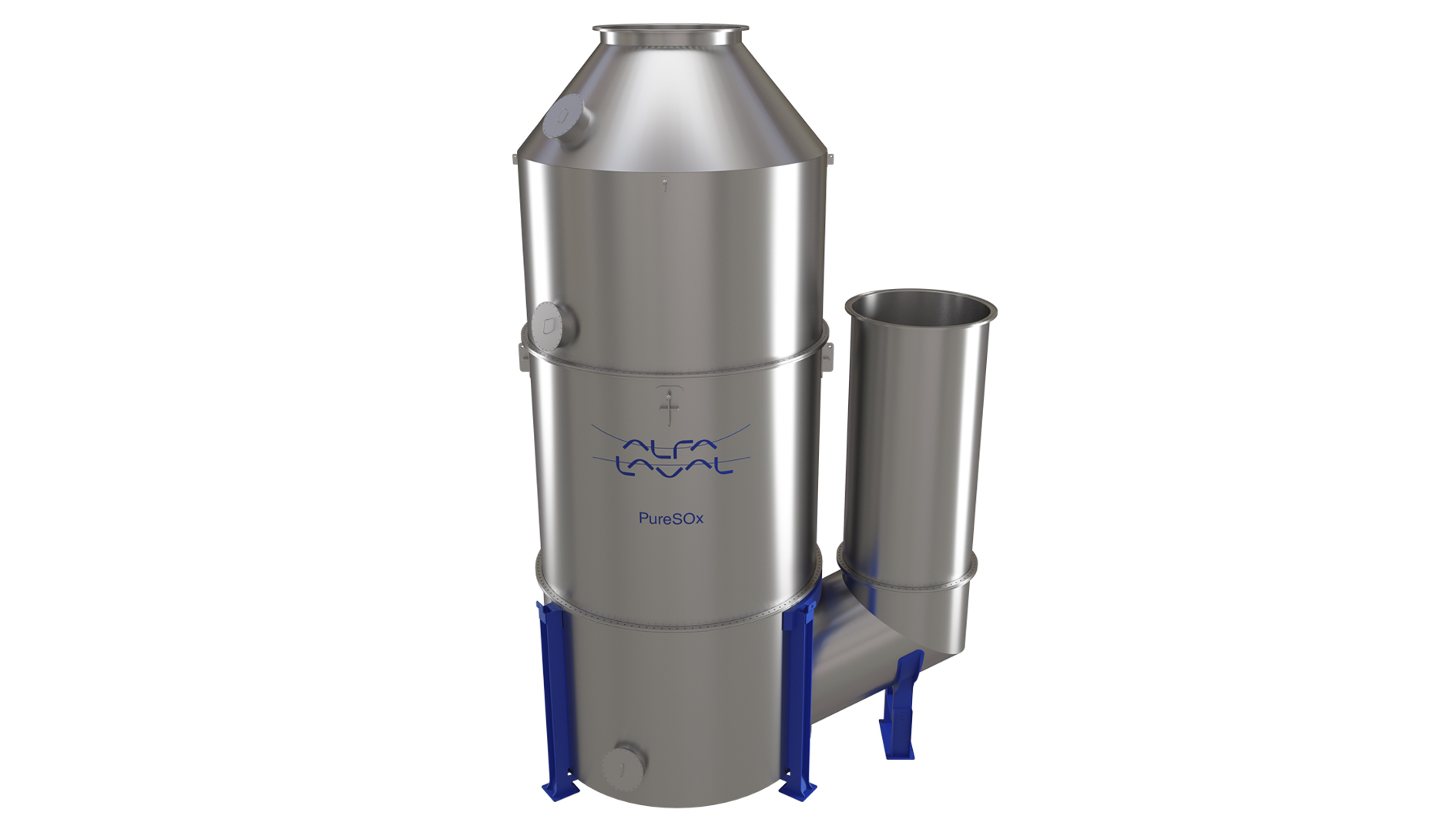Joint venture to develop modern wind propulsion

The Oceanbird design was presented by Wallenius in September 2020
(Source: Wallenius)
With the aim of radically reducing the marine industry’s carbon footprint and overall emissions, Alfa Laval and Wallenius have announced their intent to form a new 50/50 joint venture. AlfaWall Oceanbird will focus on the development and realisation of technology for fully wind-powered vessel propulsion.
Alfa Laval and Wallenius are familiar partners in developing ground-breaking technology. The companies have collaborated previously on PureBallast, which is one of today’s leading systems for ballast water treatment. Through AlfaWall Oceanbird, they will pursue an innovative means of wind propulsion based on telescopic wing sails. This joint venture could reduce emissions by 90% on the largest ocean-going vessels, the partners said in a statement.
“Wind has a key role to play in decarbonising the marine industry,” said Peter Nielsen, business unit president, Alfa Laval Marine Division. “Together with Wallenius, we will harness this abundant natural force to meet both climate needs and those of maritime business.”
“Oceanbird wing sail technology will be not only an elegant solution, but also a powerful driver of positive change,” added Per Tunell, COO Wallenius Marine and future Managing director of AlfaWall Oceanbird. “Our vision at Wallenius is to lead the way towards truly sustainable shipping, and we are proud to partner with Alfa Laval in reaching it.”
The Oceanbird technology comprises an array of rigid wing sails, built from steel and composite materials, that generate forward movement instead of vertical lift. These wing sails will be able to turn 360° to make optimal use of the wind.
The technology will be valid for any vessel type, but it will be implemented first on a transatlantic car carrier. Able to carry 7,000 cars, the vessel will be 200m long and will cross the Atlantic in twelve days when sailing at an average speed of 10 knots. AlfaWall Oceanbird will focus primarily on the vessel’s technical sailing aspects, such as the vessel control system that will steer the wing sail operation.
“The wing sails are up to 80m tall and have a telescopic construction,” said Nielsen. “Besides adjusting to catch the wind, they can be lowered to pass under bridges, to handle harsh weather conditions or for maintenance. Because they will interact with the hull in a sophisticated way, they will also require intelligent control.”
“We cannot wait until the end of the century to phase out fossil fuels,” added Tunell. “We must create realistic alternatives, including the infrastructure for delivering and supporting them. Wallenius is committed to wind propulsion, and we know from the experience with PureBallast that Alfa Laval can help us make it a global reality.”
